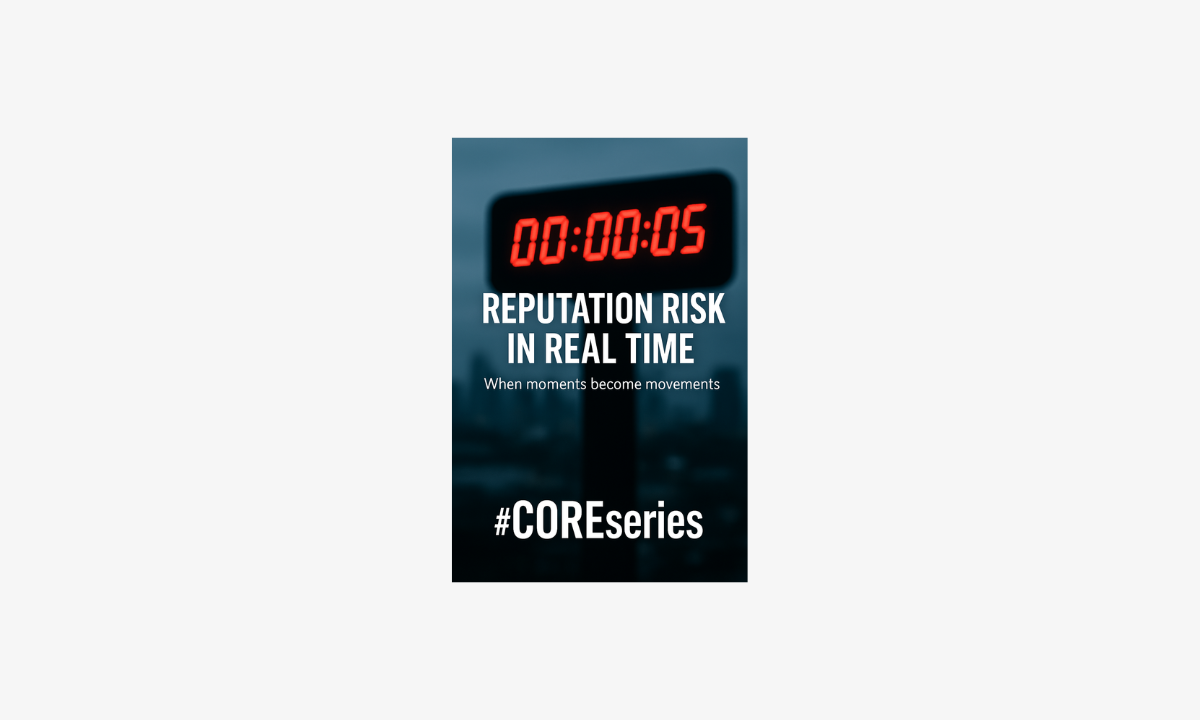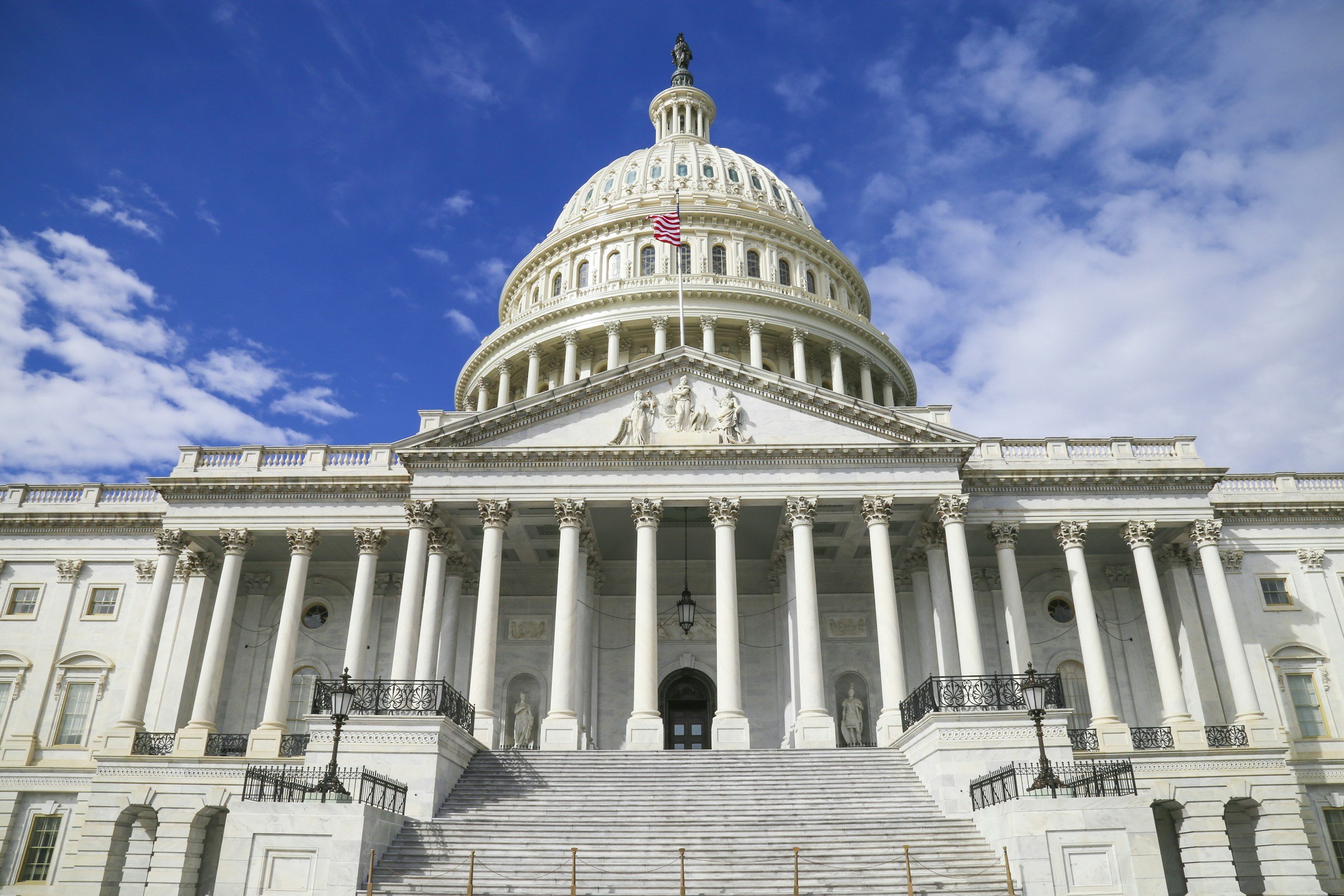The COREseries is built for leaders navigating pressure, risk and rapid change. These briefings cut through noise with sharp analysis and real-world strategy — helping you understand what’s behind the headlines and what to do next. From activist tactics and regulatory pressure to reputational threats and strategic missteps, we break down the trends, shifts, and power plays shaping today’s decision-making environment.
No spin. No fluff. Read more to gain perspectives that prepares you.

Reputation Risk in Real Time
Reputation risk moves at digital speed. In today’s hyper-connected world, you don’t get second chances. Learn why rapid response, operational readiness, and narrative control are your strongest defenses.

Make or break: Getting the right people in a crisis
We’ve all seen how important the right leadership is to handling situations. In a crisis or attack, it’s even more critical.
In life, leaders can be the hero or the scapegoat, depending on what people perceive. Think about professional sports. One year a team has an exciting playoff run – the coach and team are celebrated. The next year they don’t make the playoffs and the public hunt for a new coach begins. Now think about business. A company enjoys record profits - the CEO and senior leadership are praised and admired. The next year the company struggles and the whispers start.
Read how to lead during a crisis.

Confessions of a CEO
“I believe the government pressure was wrong, and I regret that we were not more outspoken about it.” Meta CEO Mark Zuckerberg
Unfortunately, as governments (and connected organizations they support to advance their causes) have grown, the pressure they can bring to bear on individuals and organizations can be too much. Suddenly they have their turf to protect, their job to hold onto and their sense of importance to preserve. When a company as large and influential as Twitter, Google, Facebook or others relent, we all lose.
Read our perspective on why business is quiet in the face of government pressure - and what you can do to be prepared for it.

Breakdown: How the Secret Service’s communications fell short
Not only did the attempted assassination of former President Trump shock the senses, it also appeared to overwhelm the communications capabilities of the U.S. Secret Service. Because of how they’re portrayed in popular entertainment and public relations, we’d expect the Secret Service to handle every aspect of a crisis event like this with relative ease, jumping into action without hesitation and being able to communicate with confidence. But that’s not what we’ve seen play out publicly so far, and it’s not a big leap to significant changes could be in store for this vaunted agency once all the investigations are completed.
Keep reading our tips for how crisis communications should unfold.

Can you get your credibility back?
Planes. Trains. Automobiles. We rely on all of them for many things in our lives. And at times, the companies we rely on in those industries fall far short. On safety, quality, transparency and accurate information.
Not only does it shake public and consumer confidence, it leads to long-term damage for those companies. Sometimes they can make their way back - but the reputation damage is still there. Enjoy reading our look at some of the major reputation crises for brands we all know.

Wrecking your reputation
Seems like kind of a strange thing to do, don’t you think? We agree. But we recognize things can happen that damage an organization’s credibility and how it is perceived. And once the stench of uncertainty in your honesty takes hold, or stakeholders begin to lose trust in your ability to manage a challenge, it’s so hard to come back from that.
When more than 1 million people in Calgary and surrounding communities were left without reliable water supplies and weeks of restrictions, the anger and resentment grew. So read our take on the water main break in Calgary - and how the initial communications fell far short of what the public needed.

